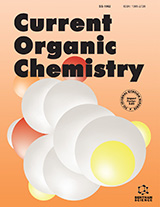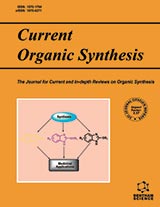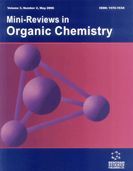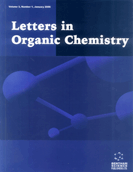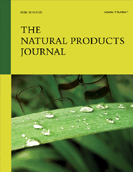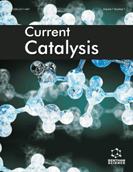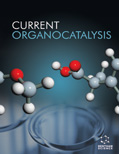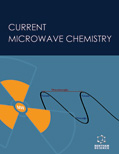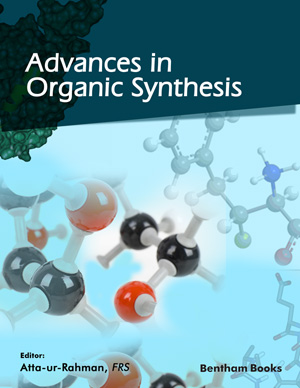Abstract
Satins are the most frequently prescribed and efficient drugs for treatment of lipid disorders. These drugs represent one of the most valuable therapeutic classes of compounds in the pharmaceutical sector. Since their discovery as fungal metabolites, many structural modifications have been performed during the past 30 years to obtain structurally refined and even more potent derivatives. These modifications led to the group of fully synthetic statins which are frequently addressed as super-statins. Structurally these compounds consist of a heterocyclic core attached to the chiral 3,5-dihydroxy-6-heptenoic or heptanoic acid side chain. Given their economical importance and well-established therapeutic applications with new indications continuously rising, much effort has been devoted to the improvement of primary synthetic strategies towards super-statins. Indeed, high consumption and multi-ton world wide production of super-statins pose continuous challenge for their economical and eco-friendly synthesis which makes super-statins attractive synthetic target for the organic chemist. Therefore, over the past two decades synthetic chemists have developed an assortment of routes to super-statins. In pursuit to develop easy and practical approaches to super-statins array of new and innovative strategies have been developed. Many of these are outstanding synthetic achievements, especially in the area of chiral side chain synthesis. This review highlights the main methods for the synthesis of super-statin chiral side chain and heterocyclic core building blocks and provides a comprehensive survey of the evolution of synthetic approaches to marketed super-statins: fluvastatin, atorvastatin, rosuvastatin and pitavastatin.
Current Organic Chemistry
Title: Historic Overview and Recent Advances in the Synthesis of Super-statins
Volume: 14 Issue: 8
Author(s): Zdenko Casar
Affiliation:
Abstract: Satins are the most frequently prescribed and efficient drugs for treatment of lipid disorders. These drugs represent one of the most valuable therapeutic classes of compounds in the pharmaceutical sector. Since their discovery as fungal metabolites, many structural modifications have been performed during the past 30 years to obtain structurally refined and even more potent derivatives. These modifications led to the group of fully synthetic statins which are frequently addressed as super-statins. Structurally these compounds consist of a heterocyclic core attached to the chiral 3,5-dihydroxy-6-heptenoic or heptanoic acid side chain. Given their economical importance and well-established therapeutic applications with new indications continuously rising, much effort has been devoted to the improvement of primary synthetic strategies towards super-statins. Indeed, high consumption and multi-ton world wide production of super-statins pose continuous challenge for their economical and eco-friendly synthesis which makes super-statins attractive synthetic target for the organic chemist. Therefore, over the past two decades synthetic chemists have developed an assortment of routes to super-statins. In pursuit to develop easy and practical approaches to super-statins array of new and innovative strategies have been developed. Many of these are outstanding synthetic achievements, especially in the area of chiral side chain synthesis. This review highlights the main methods for the synthesis of super-statin chiral side chain and heterocyclic core building blocks and provides a comprehensive survey of the evolution of synthetic approaches to marketed super-statins: fluvastatin, atorvastatin, rosuvastatin and pitavastatin.
Export Options
About this article
Cite this article as:
Casar Zdenko, Historic Overview and Recent Advances in the Synthesis of Super-statins, Current Organic Chemistry 2010; 14 (8) . https://dx.doi.org/10.2174/138527210791111858
| DOI https://dx.doi.org/10.2174/138527210791111858 |
Print ISSN 1385-2728 |
| Publisher Name Bentham Science Publisher |
Online ISSN 1875-5348 |
 32
32
- Author Guidelines
- Bentham Author Support Services (BASS)
- Graphical Abstracts
- Fabricating and Stating False Information
- Research Misconduct
- Post Publication Discussions and Corrections
- Publishing Ethics and Rectitude
- Increase Visibility of Your Article
- Archiving Policies
- Peer Review Workflow
- Order Your Article Before Print
- Promote Your Article
- Manuscript Transfer Facility
- Editorial Policies
- Allegations from Whistleblowers
- Announcements


